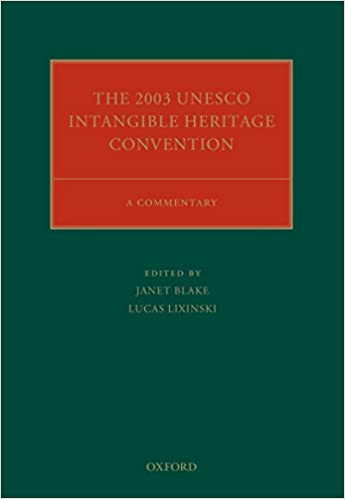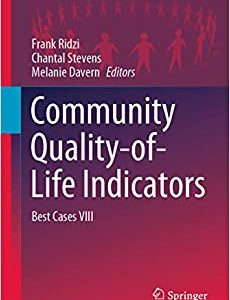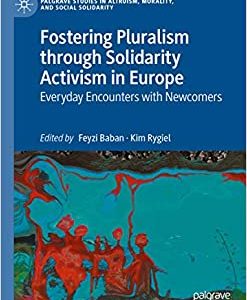This book critically analyses the 2003 Convention for the Safeguarding of the Intangible Cultural Heritage, UNESCO's latest and ground-breaking treaty in the area of cultural heritage protection. Intangible cultural heritage is broadly understood as the social processes that inform our living cultures, and our social cohesion and identity as communities and peoples. On the basis of this conception, the Treaty proposes to turn our understanding of how, for whom, and
why heritage is safeguarded on its head, by putting communities, groups and individuals at the centre of the safeguarding process.
The commentary, written by leading experts in the field from all continents and multiple disciplines, provides an authoritative guide to interpreting and implementing not only this Treaty, but also its ripple effects on how we think about cultural heritage and our experience with it as a part of our living cultures. This book is of interest to lawyers, policy-makers, anthropologists, cultural diplomacy specialists, archaeologists, cultural heritage studies experts, and, foremost, the people who
practice and enact this heritage.
why heritage is safeguarded on its head, by putting communities, groups and individuals at the centre of the safeguarding process.
The commentary, written by leading experts in the field from all continents and multiple disciplines, provides an authoritative guide to interpreting and implementing not only this Treaty, but also its ripple effects on how we think about cultural heritage and our experience with it as a part of our living cultures. This book is of interest to lawyers, policy-makers, anthropologists, cultural diplomacy specialists, archaeologists, cultural heritage studies experts, and, foremost, the people who
practice and enact this heritage.











